#lighthouses
Text

Text: There’s only one lighthouse left this far north. No one comes here, except to seek what lies on our ice covered island. We’ll guide them safely to shore. But after that, all bets are off.
#creative writing#writing prompts#winter#settings#lighthouses#islands#small community can excuse killing strangers to protect their secrets#but draws the line at irresponsible lighthouse keeping
138 notes
·
View notes
Text



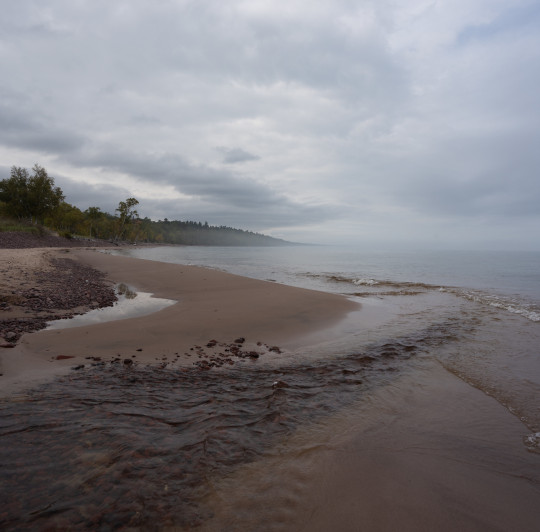

Upper Peninsula, Michigan (2) (3) (4) (5) by Jeremy Price
Via Flickr:
(1) Twin Lakes
(2) McLain Lighthouse
(3) McLain Beach
(4) Eagle River
(5) Horseshoe Bay
19 notes
·
View notes
Text
Lighthouses are an underrated form of wizard tower. A grey-bearded old man spends all of his time tending to a light that must never go out, for if it does it will bring disaster? What else could that be?
49K notes
·
View notes
Photo

Outline of the world by mapping all lighthouses
6K notes
·
View notes
Text

— from My Father Writes from Prison, Ocean Vuong, in 'Night Sky with Exit Wounds'
[text ID: some nights you are the lighthouse / some nights the sea / what this means is that I don't know / desire other than the need / to be battered & rebuilt /]
2K notes
·
View notes
Text
Rooms in a Lighthouse
Although the buildings of lighthouses differ depending on their location and purpose, they generally have common components. However, a distinction must also be made between a lighthouse station consisting of the lighthouse and all the outbuildings such as the lighthouse keeper's house, the fuel house, the boathouse and the building for fog signalling, i.e. a land station, and an inhabited lighthouse as it was found at sea.
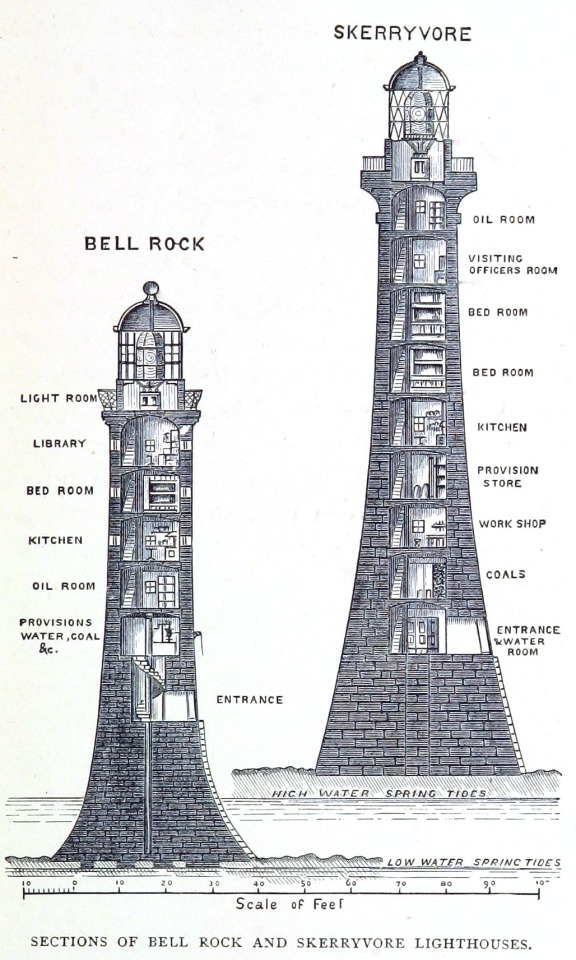
Sections of Bell Rock and Skerryvore Lighthouses, date 1884
Skerryvore is a remote reef that lies off the west coast of Scotland, 12 miles (19 kilometres) south-west of the island of Tiree. Skerryvore is best known as the name given to the lighthouse on the skerry, built with some difficulty between 1838 and 1844 by Alan Stevenson.
The Bell Rock Lighthouse, off the coast of Angus, Scotland, is the world's oldest surviving sea-washed lighthouse. It was built between 1807 and 1810 by Robert Stevenson on the Bell Rock (also known as Inchcape) in the North Sea, 11 miles (18 km) east of the Firth of Tay. Standing 35 metres (115 ft) tall, its light is visible from 35 statute miles (56 km) inland.
If you are only dealing with an inhabited tower, you usually have the following rooms in it. Please note that, apart from the lantern room, there is no standardised scheme and the rooms were often arranged differently.
The lantern room is the glazed housing at the top of the lighthouse that contains the lamp and the lens. The glass panes are held in place by vertical or diagonal metal rungs. A lightning conductor and an earthing system, which are connected to the metal roof of the dome, ensure that any lightning strikes are safely discharged.
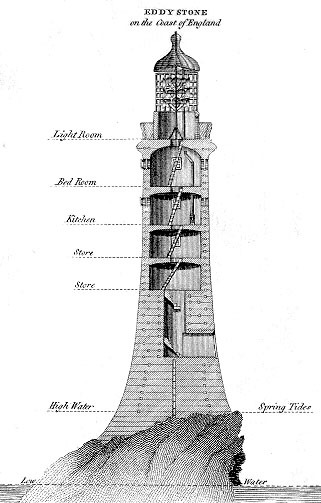

Sections of the Eddystone Lighthouse of 1759 and 1884
Immediately below the lantern room is usually a guard room where fuel and other supplies were stored and where the keeper prepared the lanterns for the night and often kept watch. The clockwork (for turning the lenses) was also located there. On a lighthouse there is often an open platform, the gallery, outside the watchroom (main gallery) or the lantern room (lantern gallery). It was mainly used to clean the outside of the lantern room windows. Below this was a living room, bedroom, possibly a separate kitchen, if not a cooking area was accommodated in the living room. In addition, there were often several storage rooms, an oil room (where the oil for the lantern were storaged) and a coal room. And if you're wondering where the bathroom was - well there wasn't one, there was a wash bowl, possibly a wooden tub for an occasional bath, but rarely, and chamber pots in the bedroom.
Life in a lighthouse at sea was not easy and managed to bring many an old sea dog to his knees. The lighthouse keepers on land had it much easier.
1K notes
·
View notes
Photo
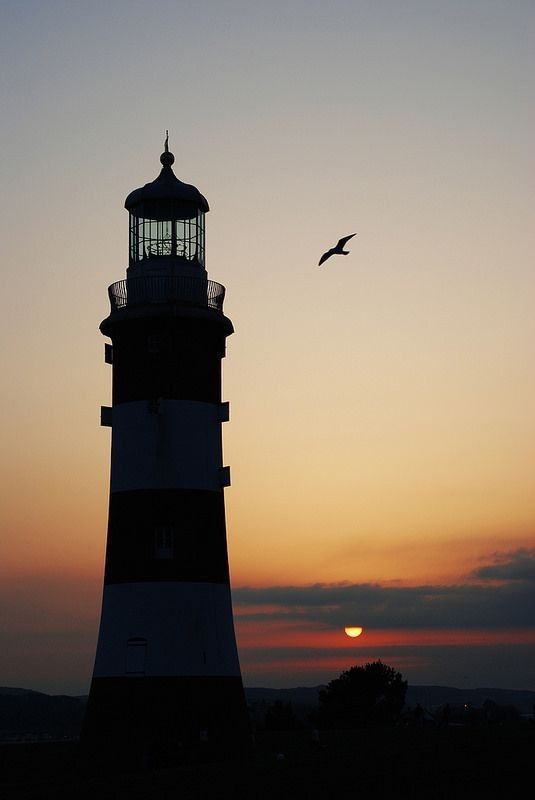
“Smeaton’s Tower” ~ Photo by megsphotosuk
2K notes
·
View notes
Text

The old lighthouse
6K notes
·
View notes
Text

2K notes
·
View notes
Text

Annisquam Light
ang_sweet23
631 notes
·
View notes
Text
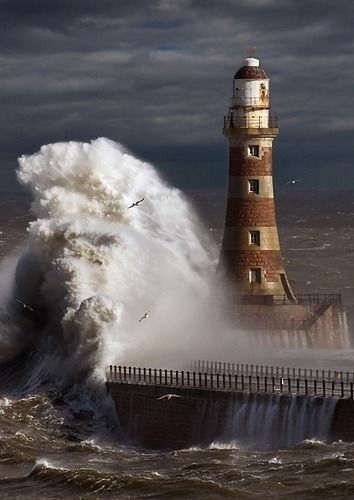
mkawa14d
#mkawa14d#lighthouses#rough seas#landscapes & nature#photos#villages & houses & cities & churches & lighthouses
838 notes
·
View notes
Text



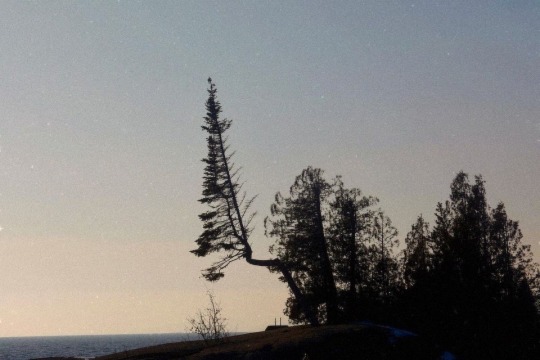
Lake Superior, Minnesota
381 notes
·
View notes
Photo

Nauset Lighthouse in Eastham on Cape Cod
Photography Credit: Roth Galleries
819 notes
·
View notes
Text


the way ed looks here is almost like he half expects stede to be next to him, and i wonder if he sees that flame and is reminded of a beacon. it’s like a last ditch effort to remind him of why he should keep living
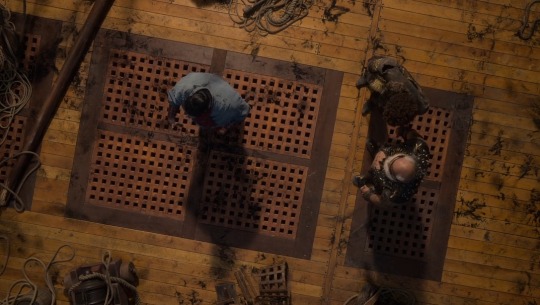
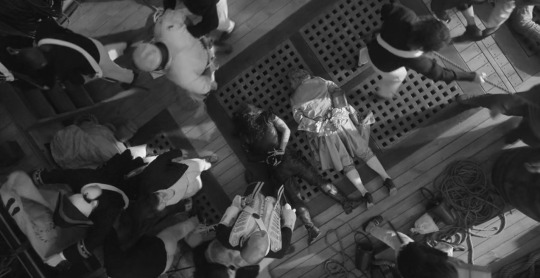
861 notes
·
View notes
Text
Deep Water Prompt #3264
The lighthouse is haunted by the ghost of every previous keeper, all of whom met terrible early ends. I have to figure out what they are trying to tell me, before I meet my own.
132 notes
·
View notes
Photo
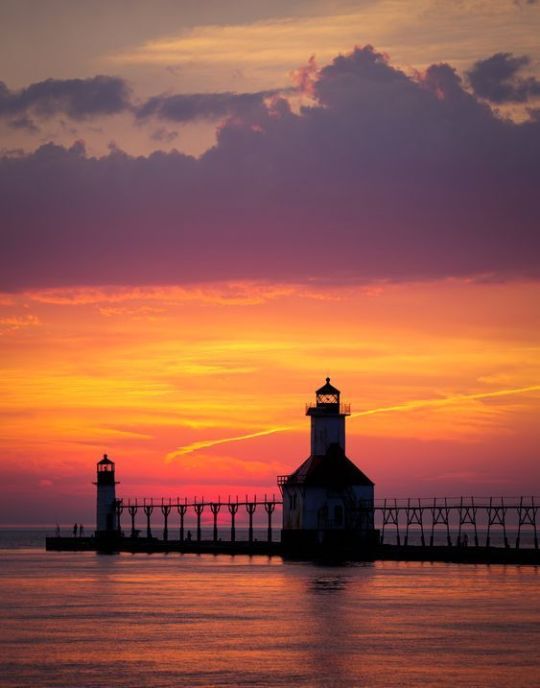
~ Silhouettes ~
426 notes
·
View notes